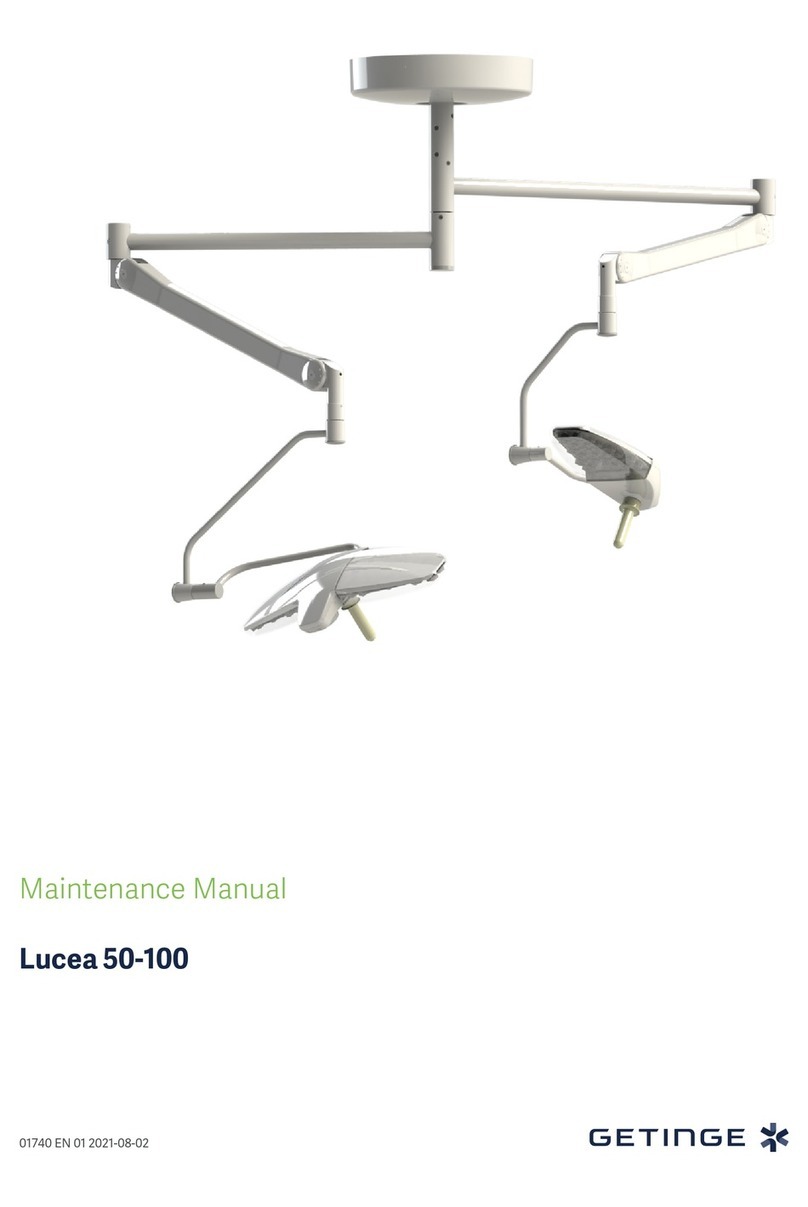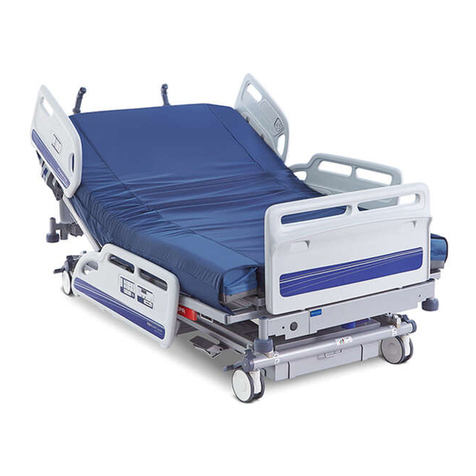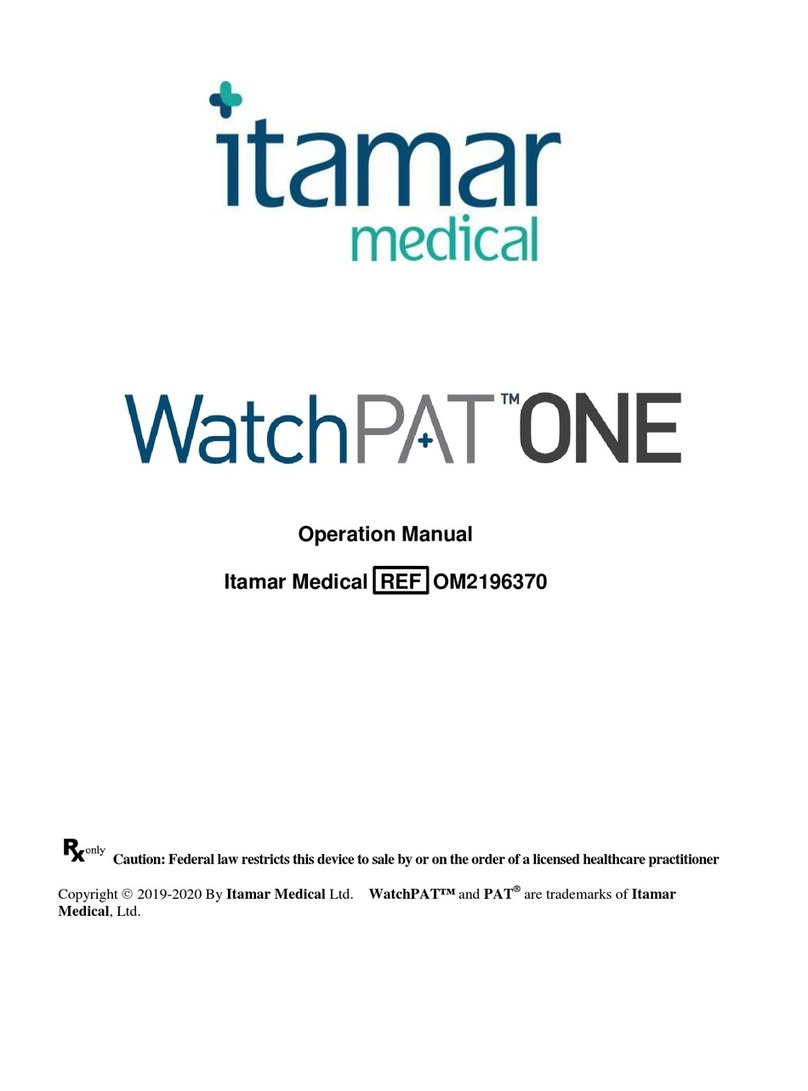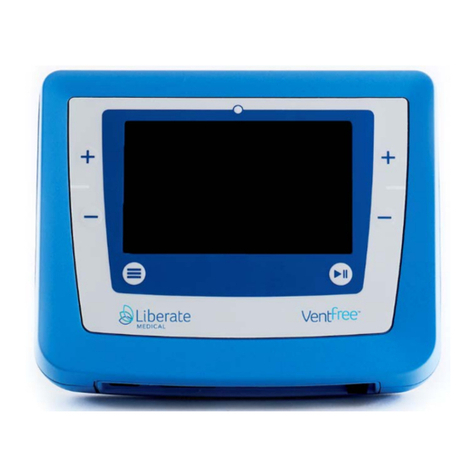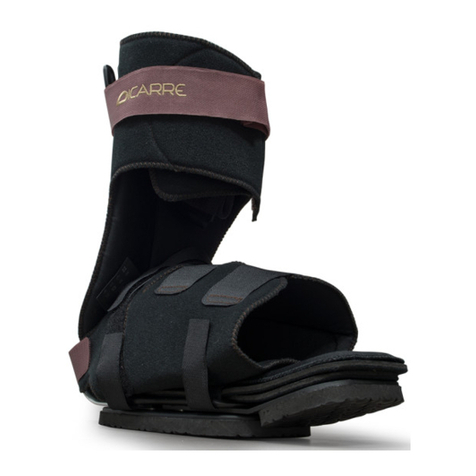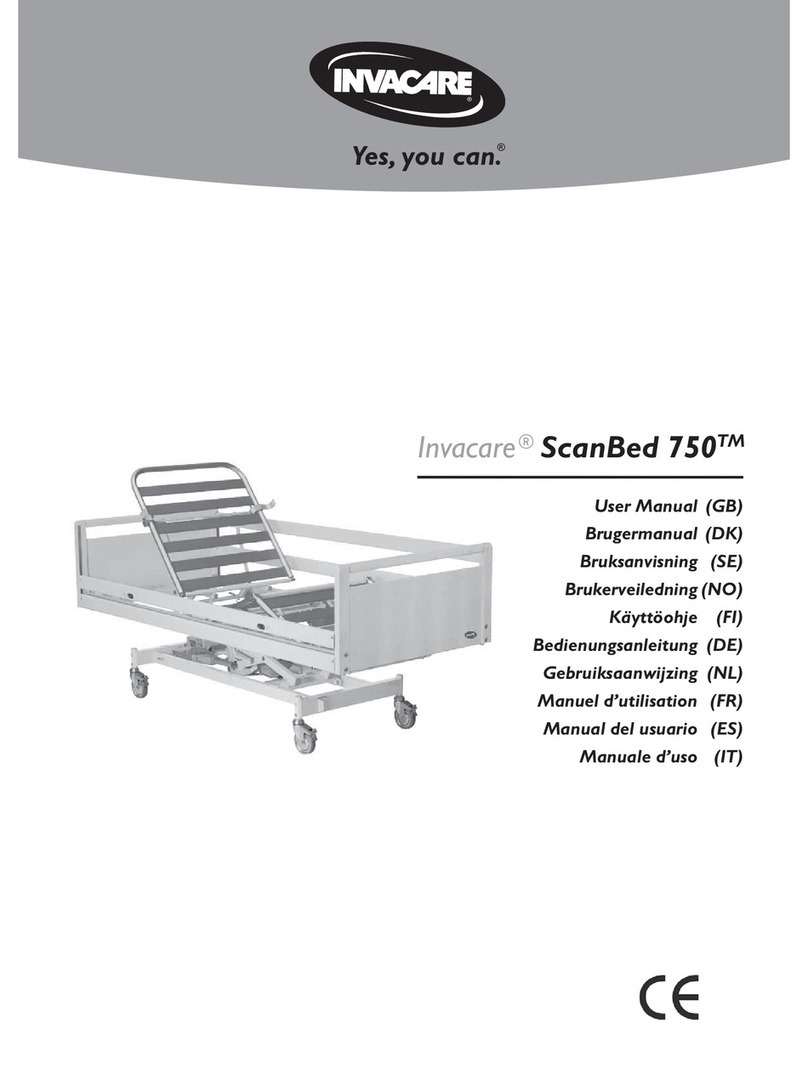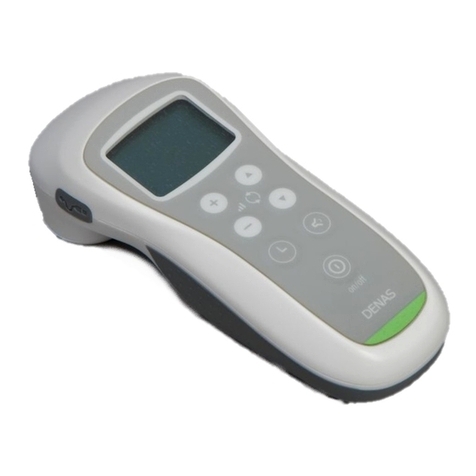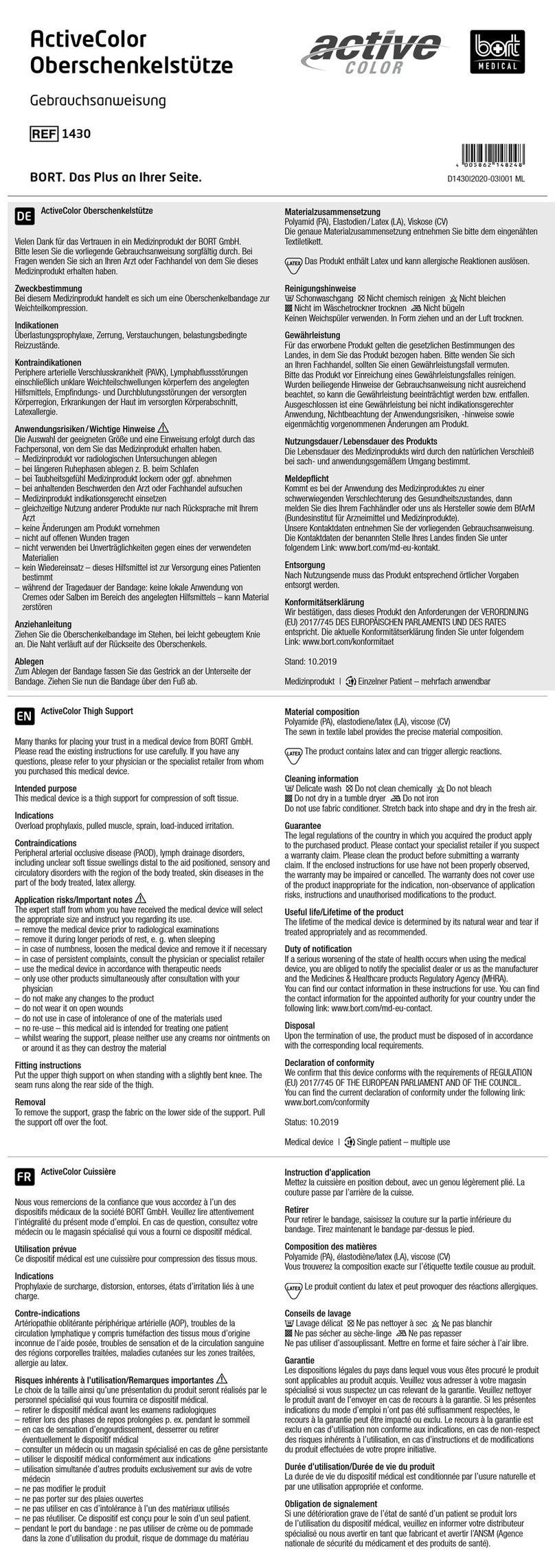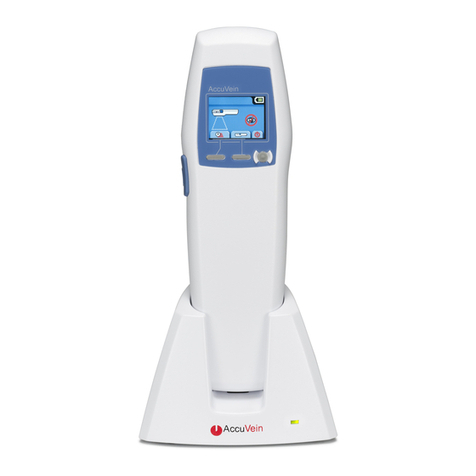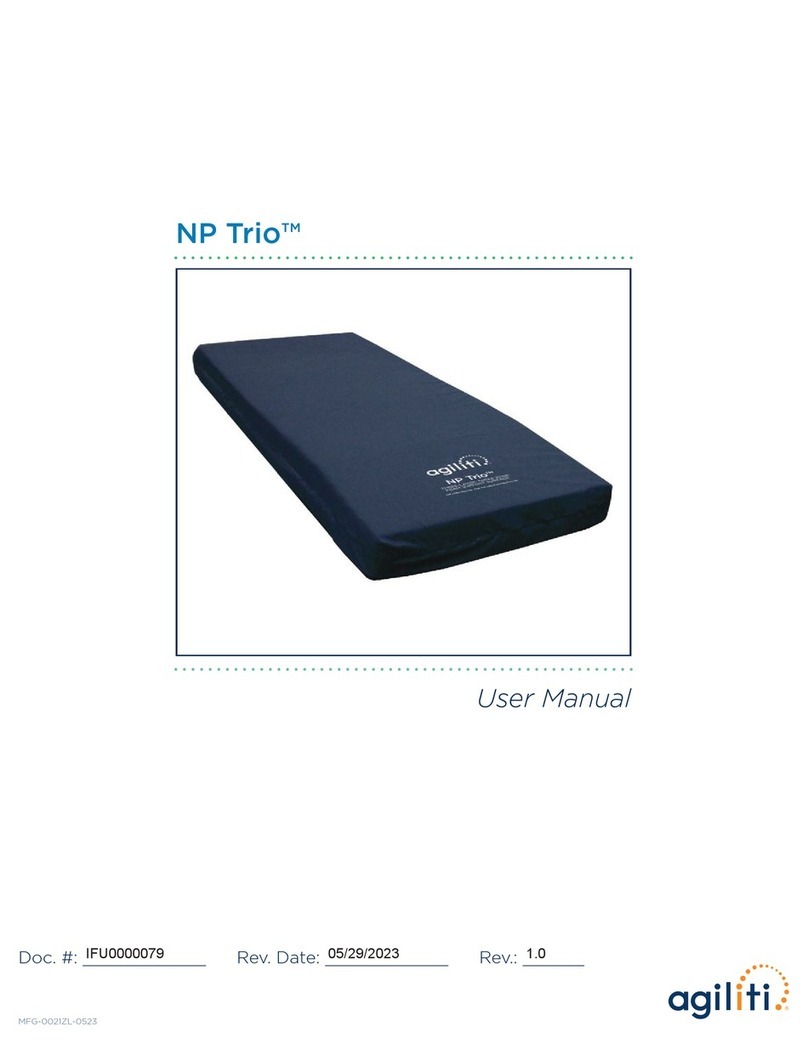Getinge Maquet SERVO-i User manual
Other Getinge Medical Equipment manuals

Getinge
Getinge Maquet SERVO-i User manual
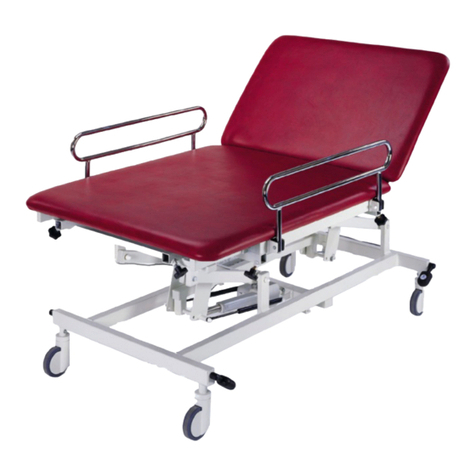
Getinge
Getinge ArjoHuntleigh Akron BoBath 5 4632 User manual

Getinge
Getinge MP-129 Series User manual
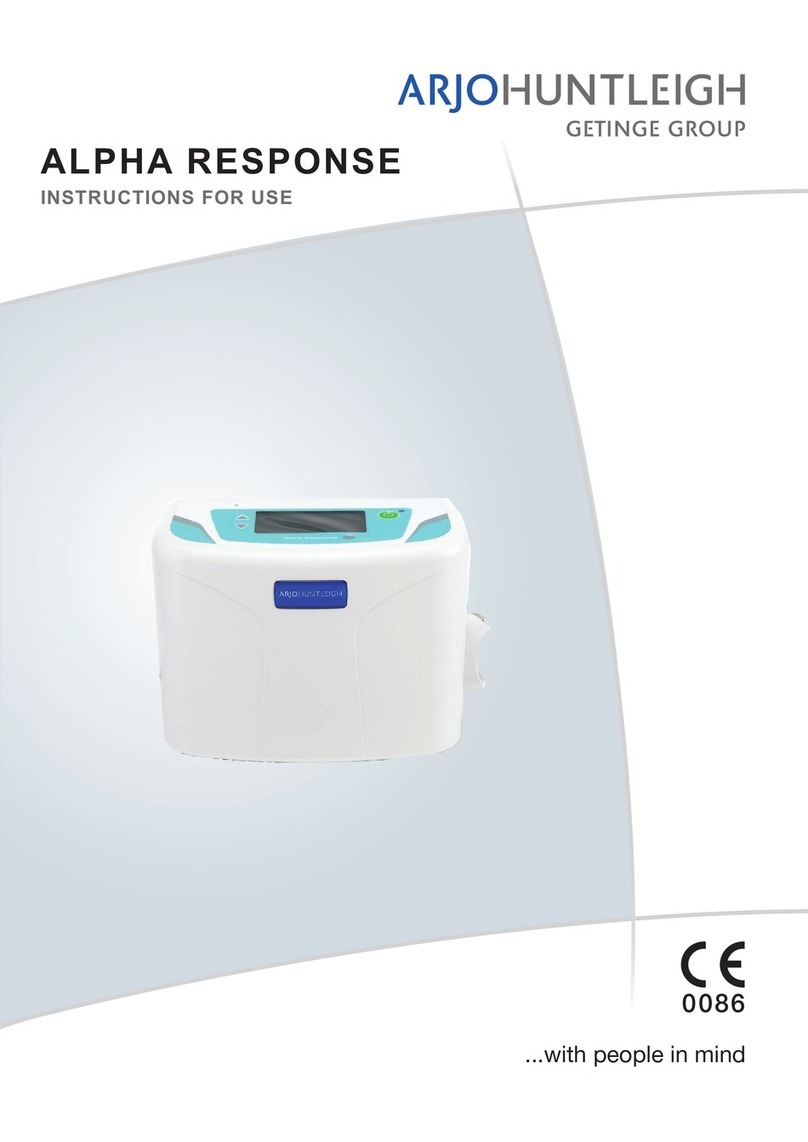
Getinge
Getinge Arjohuntleigh ALPHA RESPONSE User manual
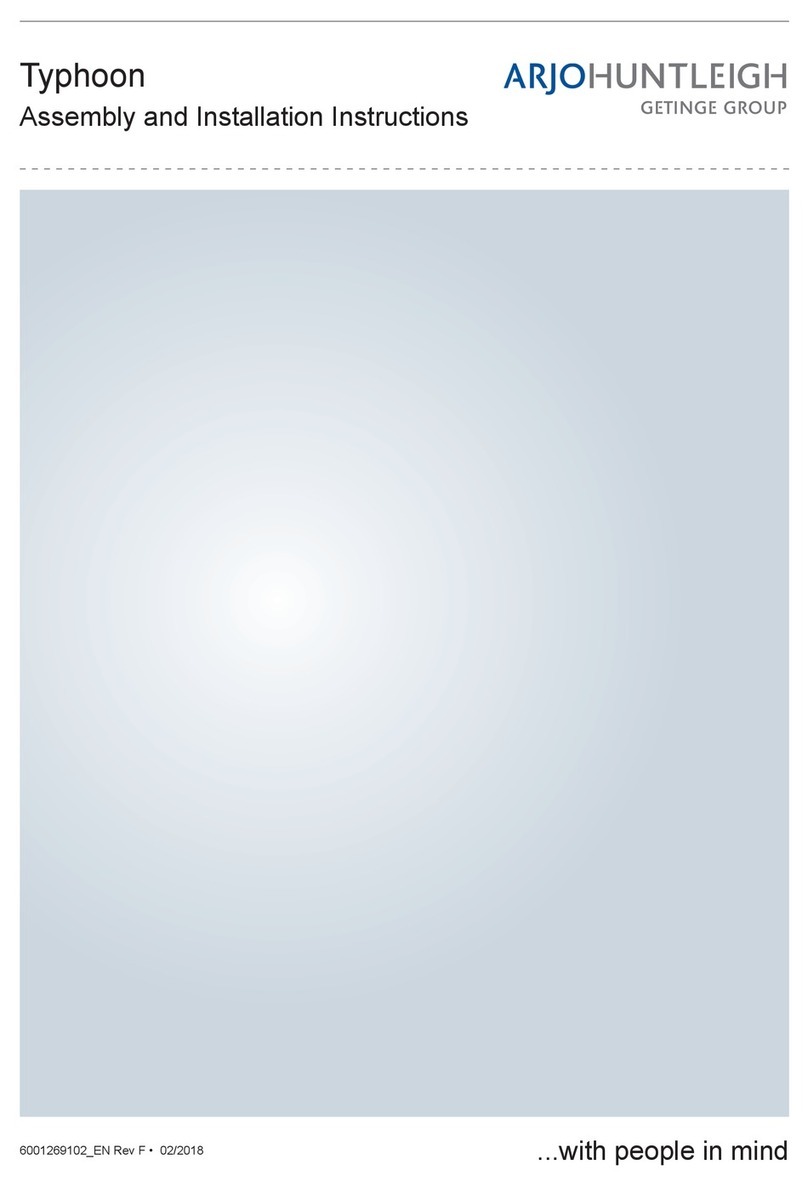
Getinge
Getinge Arjohuntleigh Typhoon Instruction manual
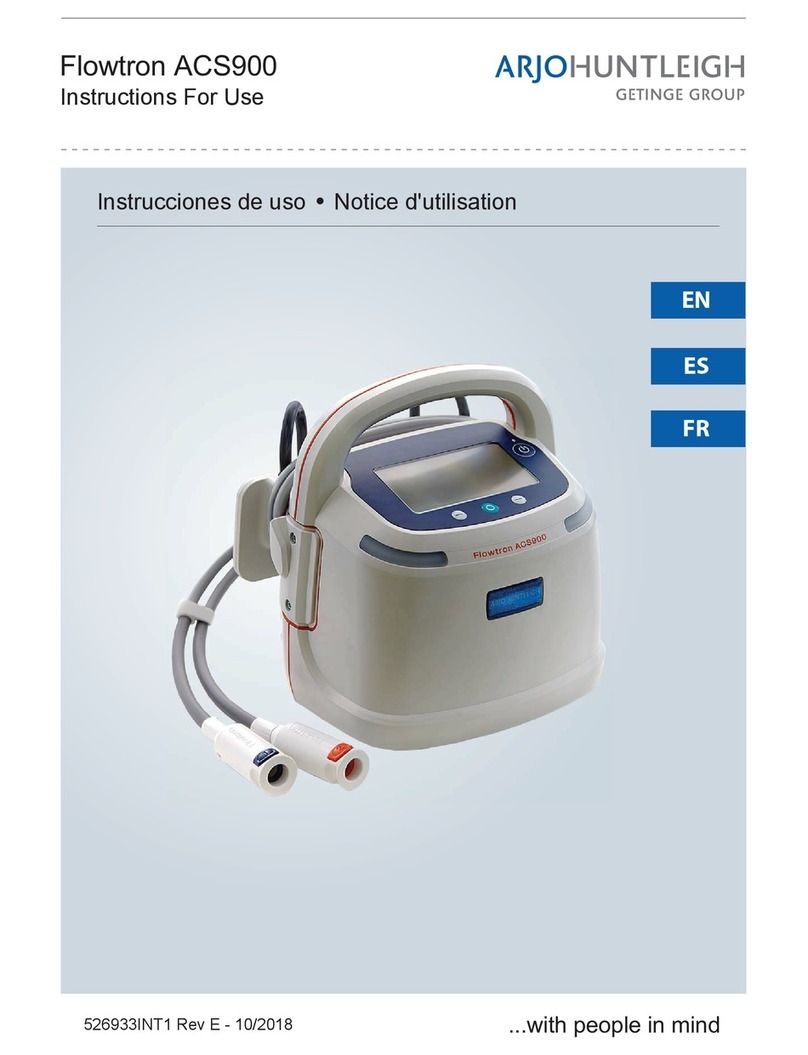
Getinge
Getinge ArjoHuntleigh Flowtron ACS900 User manual

Getinge
Getinge MAQUET CRITICAL CARE User manual
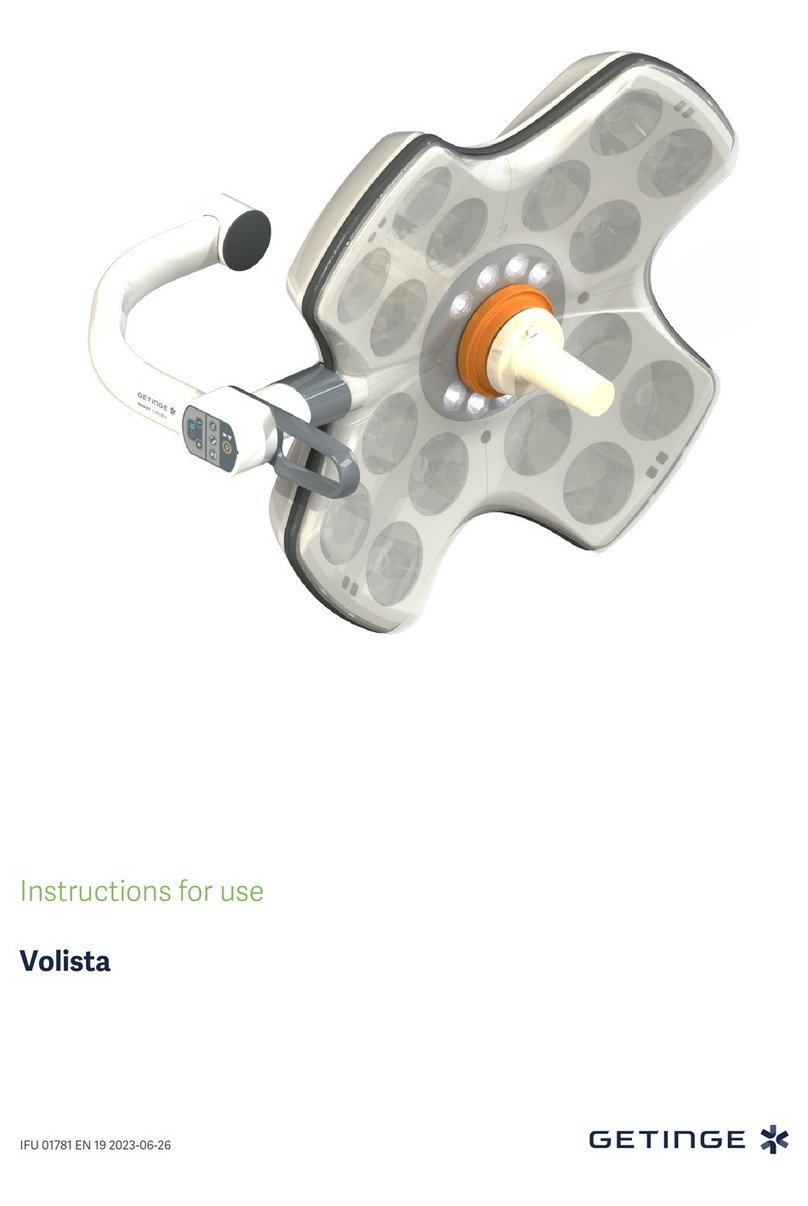
Getinge
Getinge Volista User manual

Getinge
Getinge Arjohuntleigh AtmosAir 300 User manual
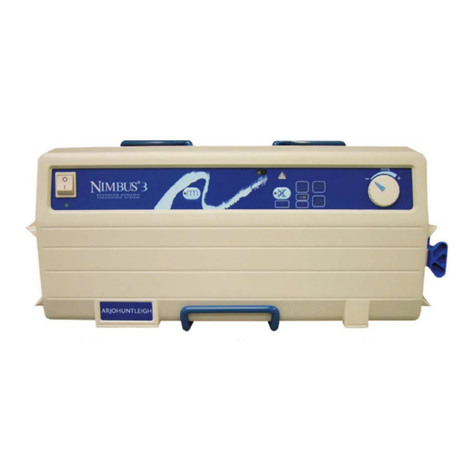
Getinge
Getinge Arjohuntleigh Nimbus 3 Professional User manual
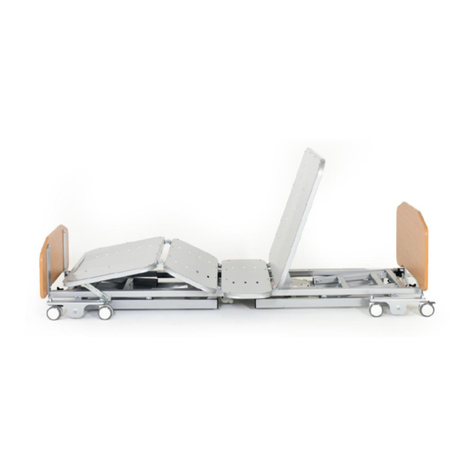
Getinge
Getinge ArjoHuntleigh EVALO User manual
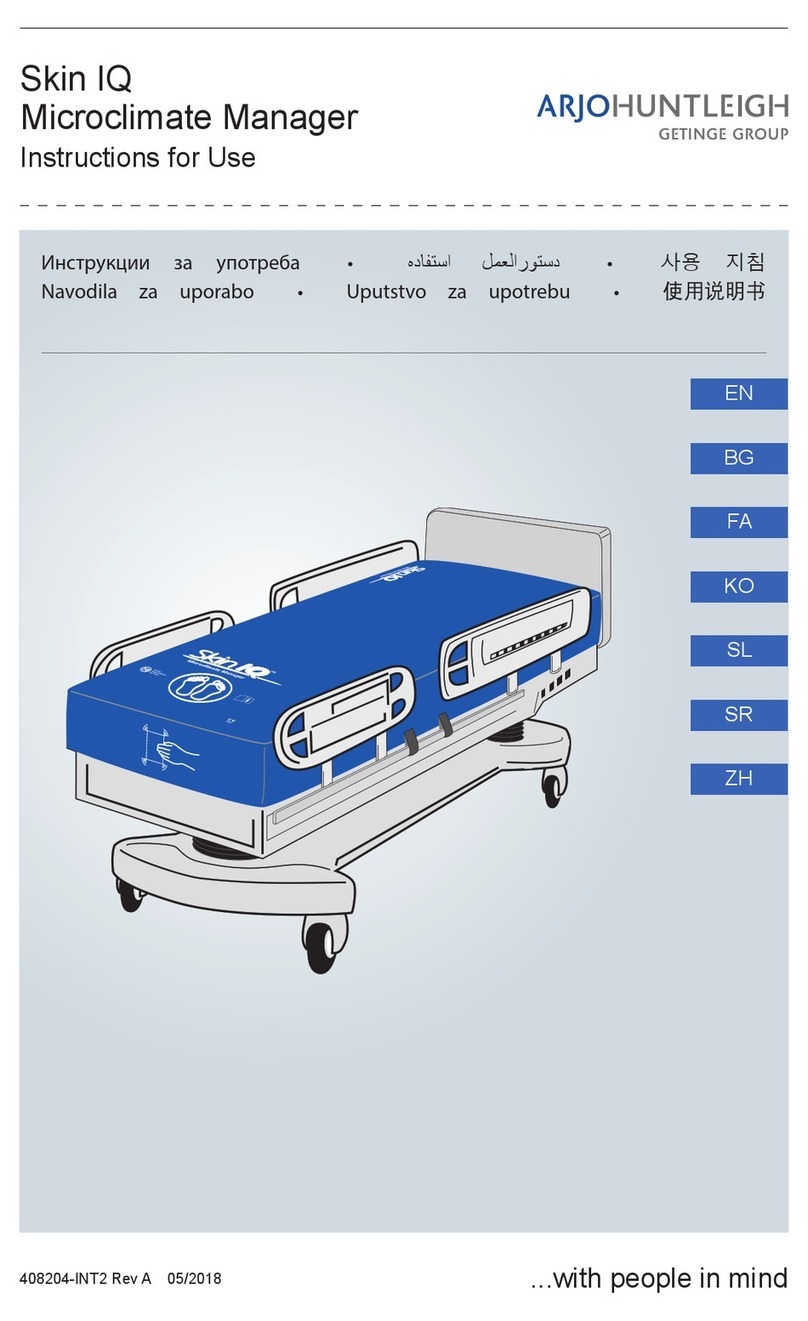
Getinge
Getinge Arjohuntleigh Skin IQ Microclimate Manager User manual
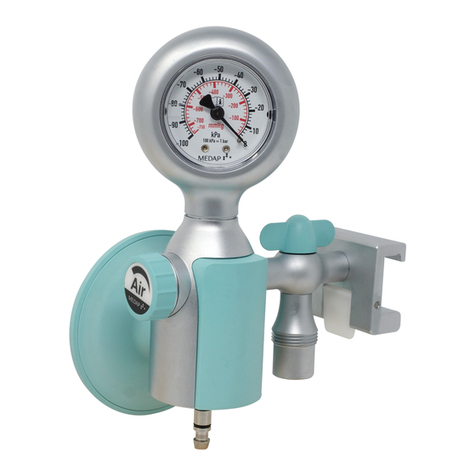
Getinge
Getinge MAQUET MEDAP FINA AIR B 800 User manual

Getinge
Getinge Maquet Atrium OCEAN User manual
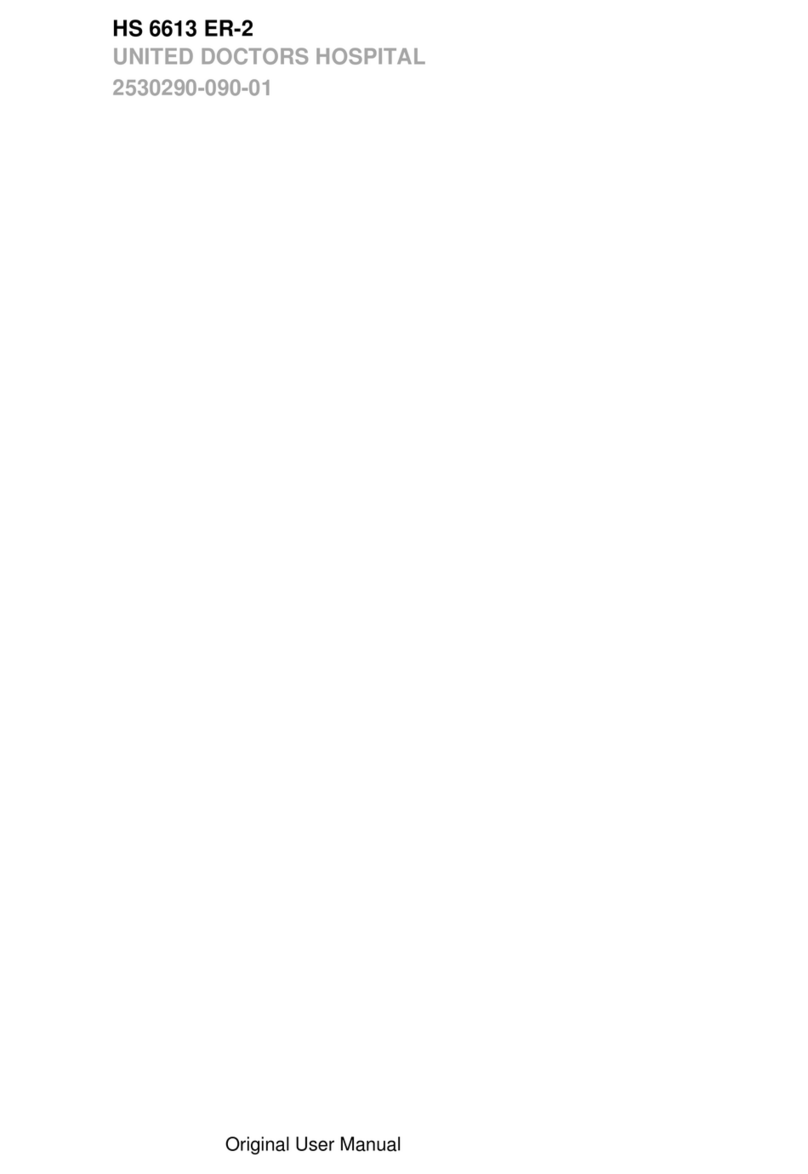
Getinge
Getinge HS 6613 ER-2 Product information sheet
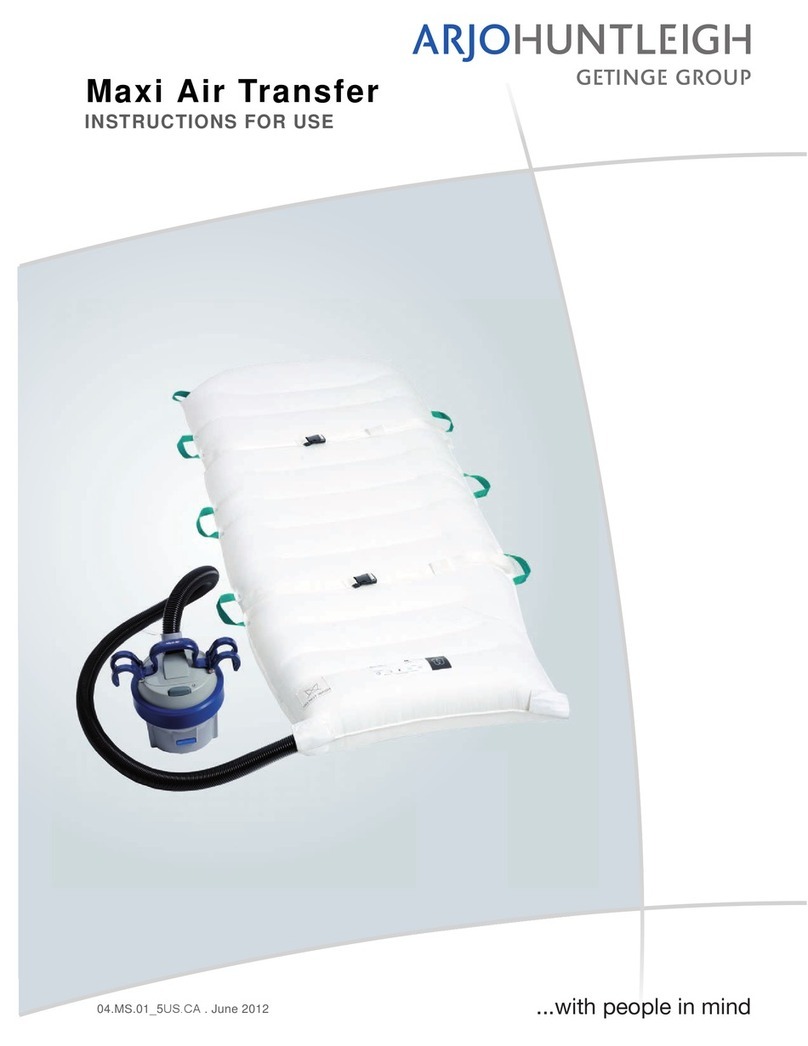
Getinge
Getinge ARJOHUNTLEIGH Maxi Air Transfer User manual
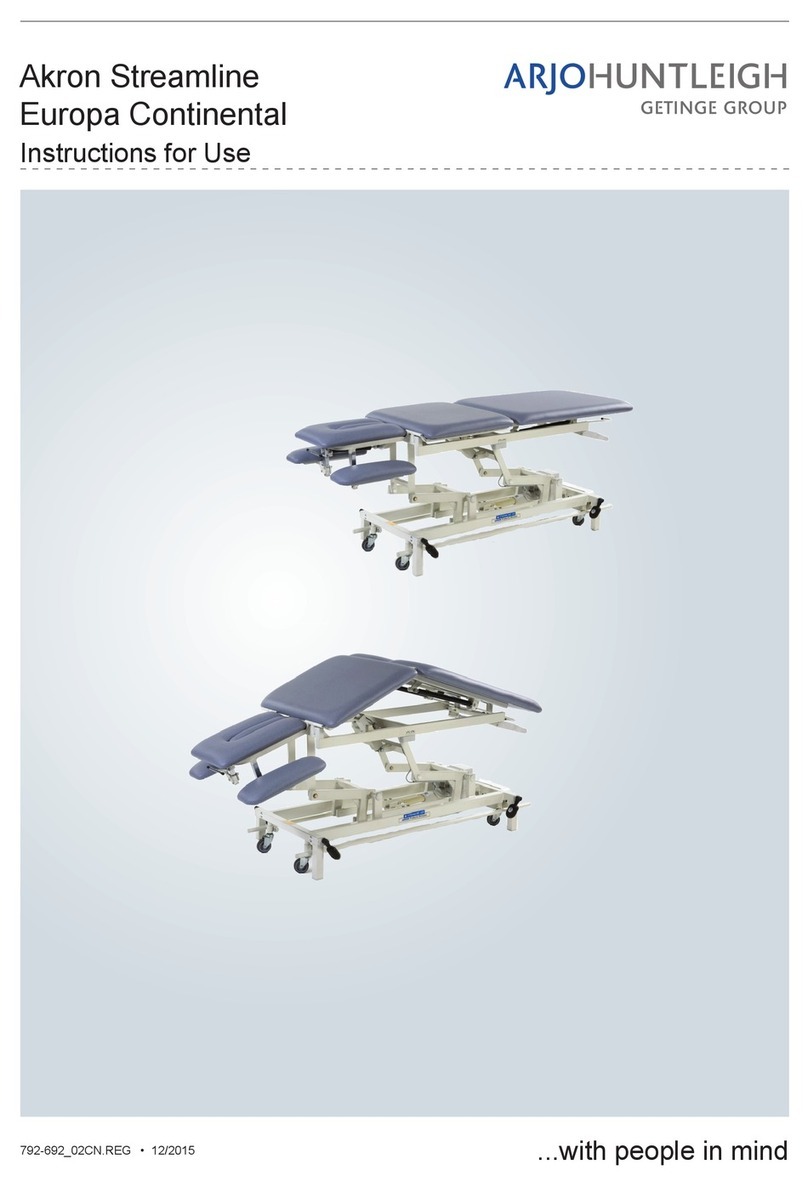
Getinge
Getinge ArjoHuntleigh Akron Streamline Europa Continental... User manual
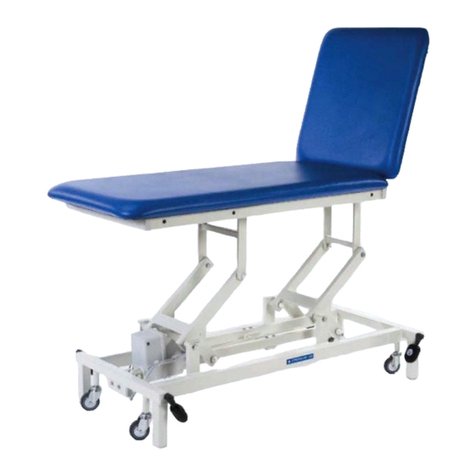
Getinge
Getinge Arjohuntleigh Akron Streamline 2 Section User manual
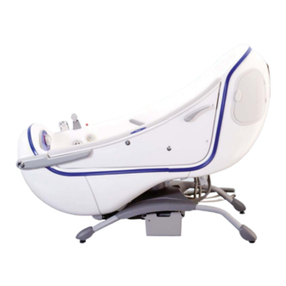
Getinge
Getinge Arjohuntleigh Parker User manual
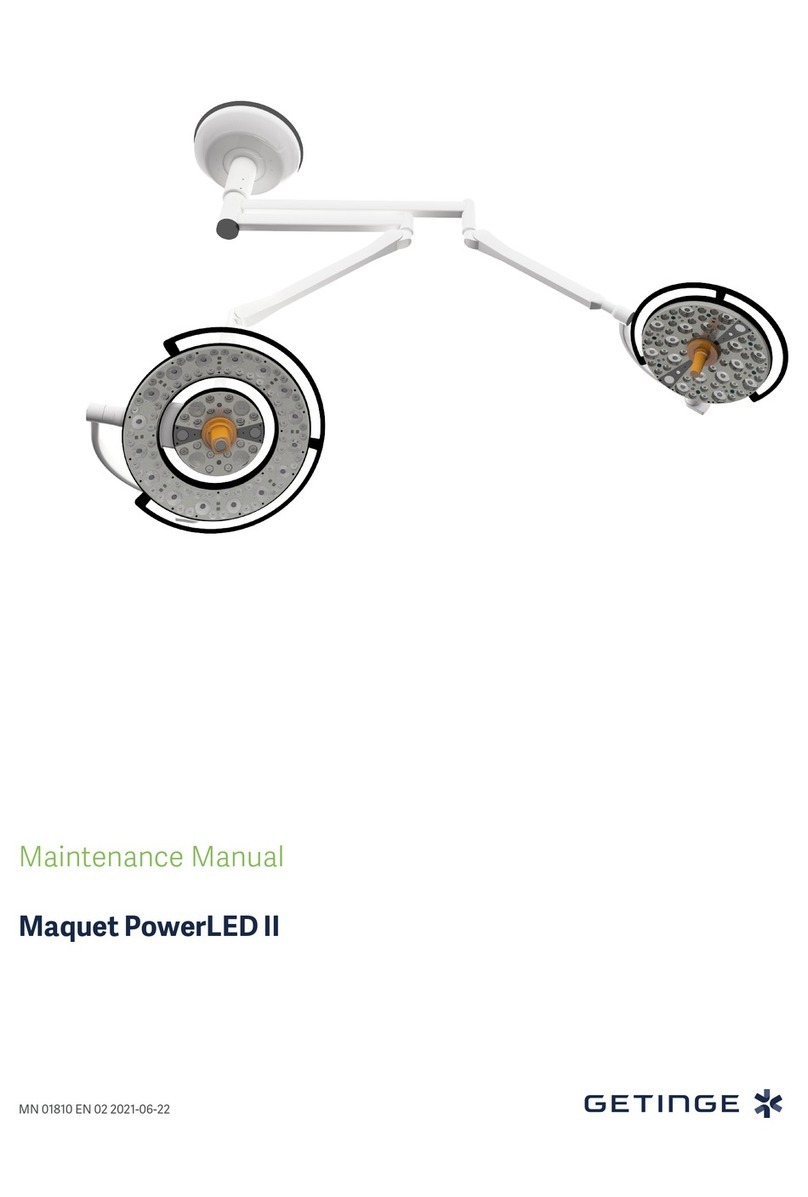
Getinge
Getinge Maquet PowerLED II User manual
Popular Medical Equipment manuals by other brands
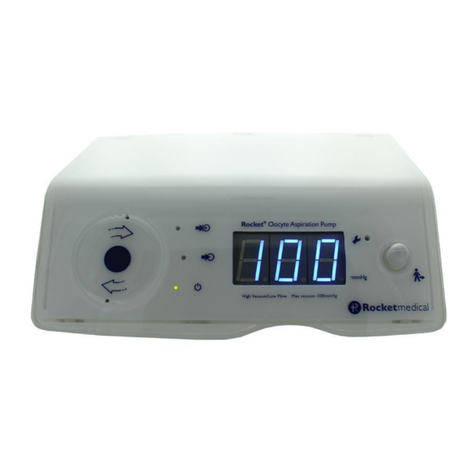
Rocket Medical
Rocket Medical Rocket Digital Oocyte Aspiration Pump Service manual
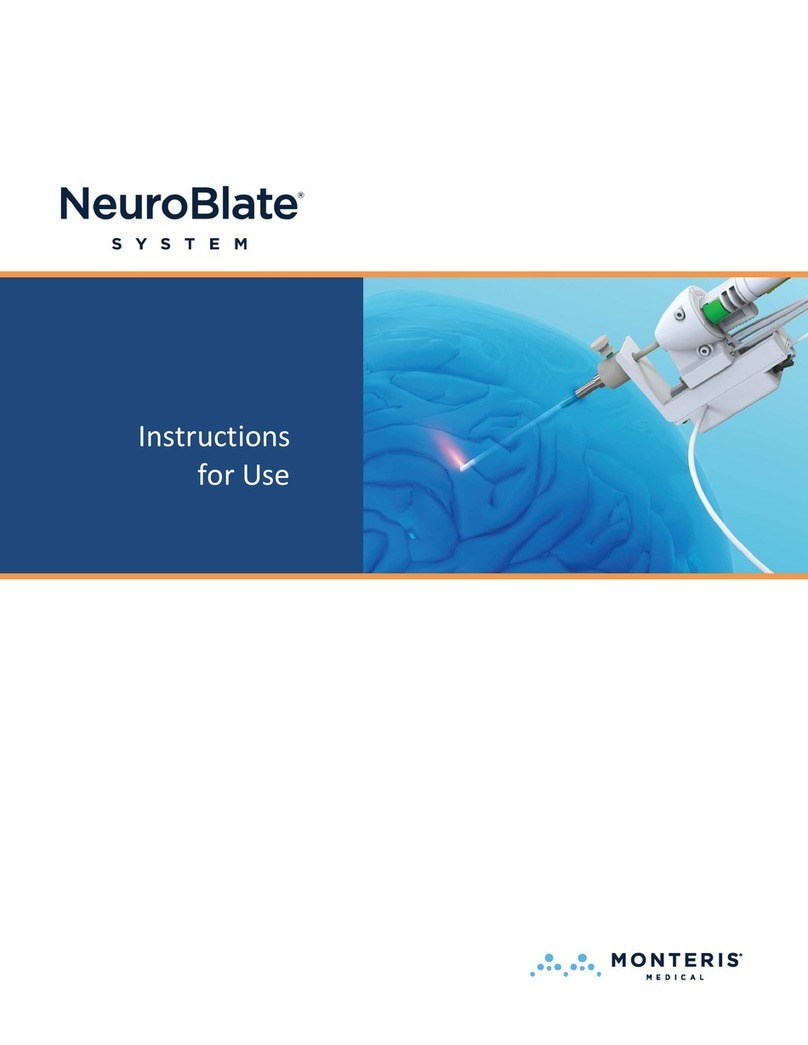
Monteris Medical
Monteris Medical Neuroblate Instructions for use
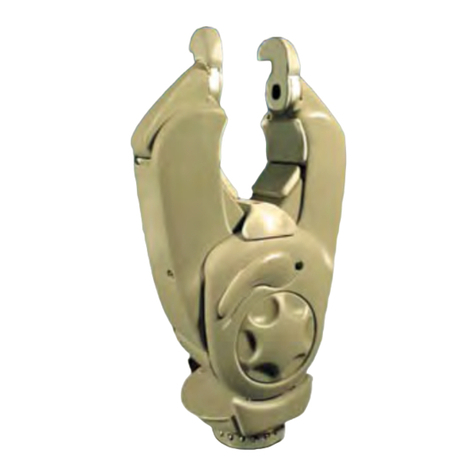
Otto Block
Otto Block 8E33 7 manual
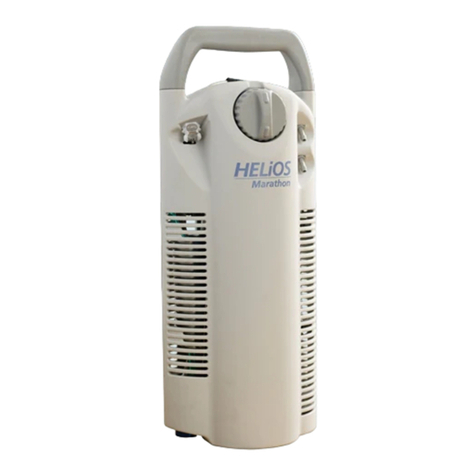
ADVANCED HOME CARE
ADVANCED HOME CARE Helios Guide

NeuLog
NeuLog NUL-208 Guide
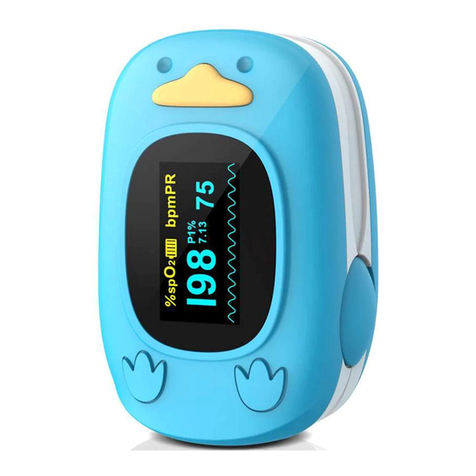
Healthtree Medical
Healthtree Medical JKS50A Operator's manual
